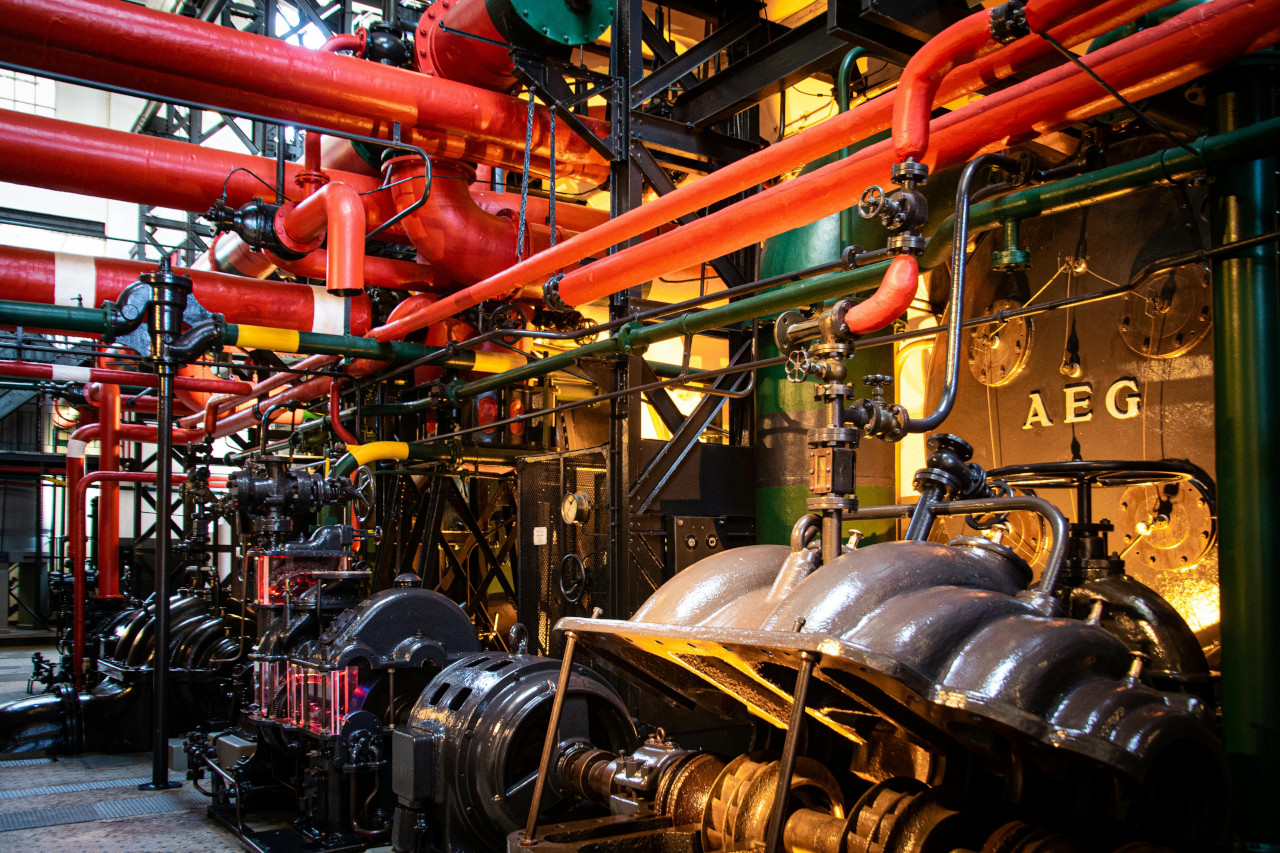Type of Drilling Operation
Offshore drilling requires pumps with higher durability and capacity to withstand harsh marine environments, while land drilling might have more flexibility. On the other hand, deeper wells require drilling rig mud pumps with higher pressure capabilities to circulate drilling fluid effectively. Horizontal directional drilling (HDD), rotary drilling, or other methods may require different pump characteristics.
Triplex mud pumps are the most commonly used for land drilling due to their efficiency, high pressure capabilities, and relatively compact size. They are well-suited for various well depths and drilling conditions. Quintuplex pumps, with five cylinders, offer even smoother operation and greater flow capacity, making them ideal for deepwater drilling.
Pump Capacity and Pressure
The pump should provide sufficient flow rate (measured in gallons per minute, GPM) to meet the demands of the drilling operation. Adequate pressure (measured in psi or bar) is needed to overcome the resistance of drilling mud, especially at greater depths or in challenging formations.
The selection of a mud pump based on capacity and pressure should align with the specific demands of your drilling operation. Lower capacity and pressure pumps are suitable for shallow or smaller-scale projects, while high-capacity and pressure pumps are essential for deep wells, offshore drilling, and other demanding applications.
Mud Type and Properties
The mud pump must handle the specific viscosity and density of the drilling fluid. High-viscosity fluids require more powerful pumps and also the pump should be able to resist wear from abrasive materials in the mud and corrosion from chemical additives.
For low-viscosity and low-density muds, simpler pumps like duplex or standard triplex pumps may suffice. High-viscosity, high-density, abrasive, or corrosive muds require more robust, specially designed pumps, such as abrasion-resistant or corrosion-resistant triplex or quintuplex pumps. High-temperature and gas-cut muds also need pumps that can handle those specific challenges, ensuring reliability and longevity in demanding conditions.
Pump Size and Weight
When selecting mud pumps based on size and weight, the decision largely depends on the operational needs, including mobility, space constraints, and the scale of the drilling project. Compact pumps are preferable when space is limited. For mobile drilling operations, lighter and portable pumps are advantageous.
Medium-sized pumps offer a good balance for land-based drilling and HDD operations, providing adequate power without sacrificing mobility. Large pumps are suited for deep well and offshore drilling where high capacity and pressure are required. Extra-large, heavy-duty pumps are necessary for ultra-deep, offshore, and geothermal drilling, where the demands on the pump are at their highest.
Power Source and Efficiency
Ensure the pump is compatible with the available power source, whether it's electric, diesel, or hydraulic. Opt for pumps that offer higher efficiency to reduce operational costs and environmental impact.
Some drilling operations may require specific features like pulsation dampeners, variable speed control, or remote monitoring capabilities. Also, the ability to customize the pump for specific needs can be a deciding factor.
Durability and Maintenance
Pumps made from high-quality materials (e.g., stainless steel, cast iron) last longer and perform better under tough conditions. Choose pumps with readily available spare parts and easy maintenance procedures to minimize downtime.
Ensure the pump meets all relevant environmental regulations and safety standards, particularly if operating in sensitive or regulated areas. In environmentally sensitive areas, pumps with low noise and emissions levels are preferable.
Manufacturer Support and Warranty
Reliable customer service and technical support can be crucial for troubleshooting and maintenance. A comprehensive warranty can provide peace of mind, covering repairs or replacements in case of defects or failures. Consider the upfront cost of the pump, but balance it with its long-term performance and durability. Factor in ongoing costs such as energy consumption, maintenance, and parts replacement.
Choosing the best mud pump involves balancing these criteria according to the specific needs of your drilling project. Understanding the operational requirements, environmental conditions, and long-term goals will guide you in selecting the most appropriate and cost-effective mud pump.


 Starting this week, the Canada Border Services Agency (CBSA) has begun sharing selected vehicle export information with trusted partners. This
Starting this week, the Canada Border Services Agency (CBSA) has begun sharing selected vehicle export information with trusted partners. This Visual content is essential for capturing audience attention and conveying your brand message effectively.
Visual content is essential for capturing audience attention and conveying your brand message effectively.
 n the arena of digital advertising and sales, a powerful email series can be the key to nurturing leads, final
n the arena of digital advertising and sales, a powerful email series can be the key to nurturing leads, final

